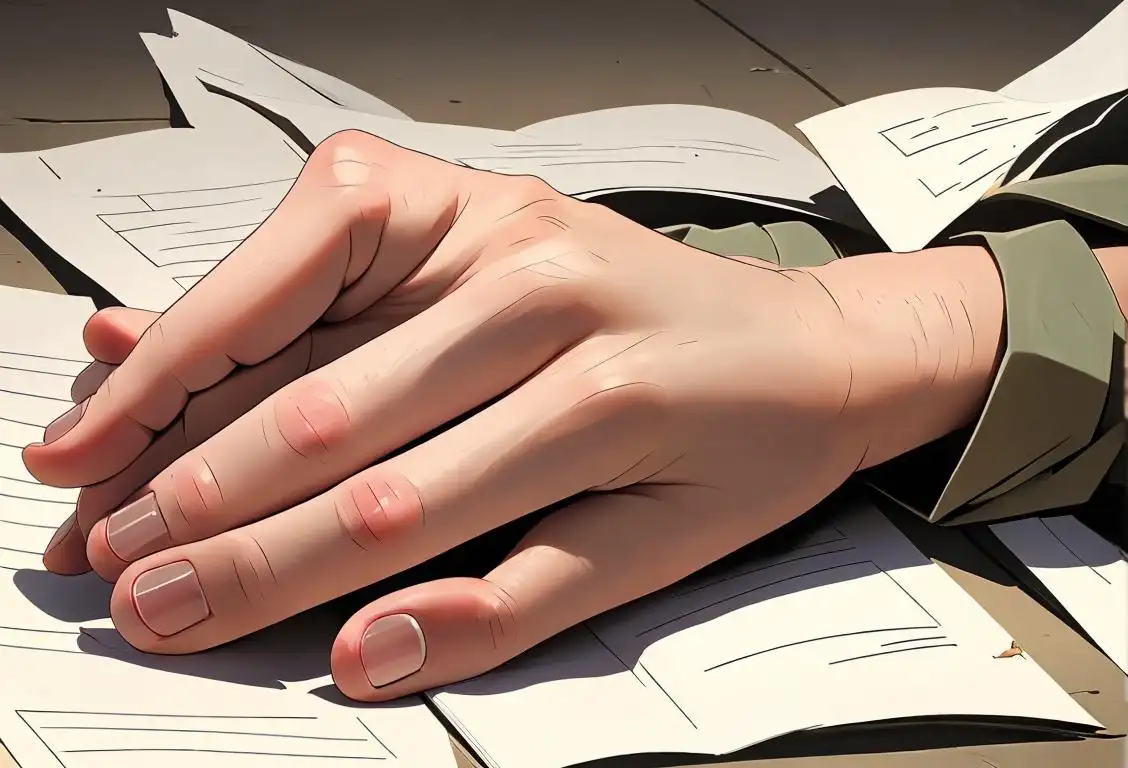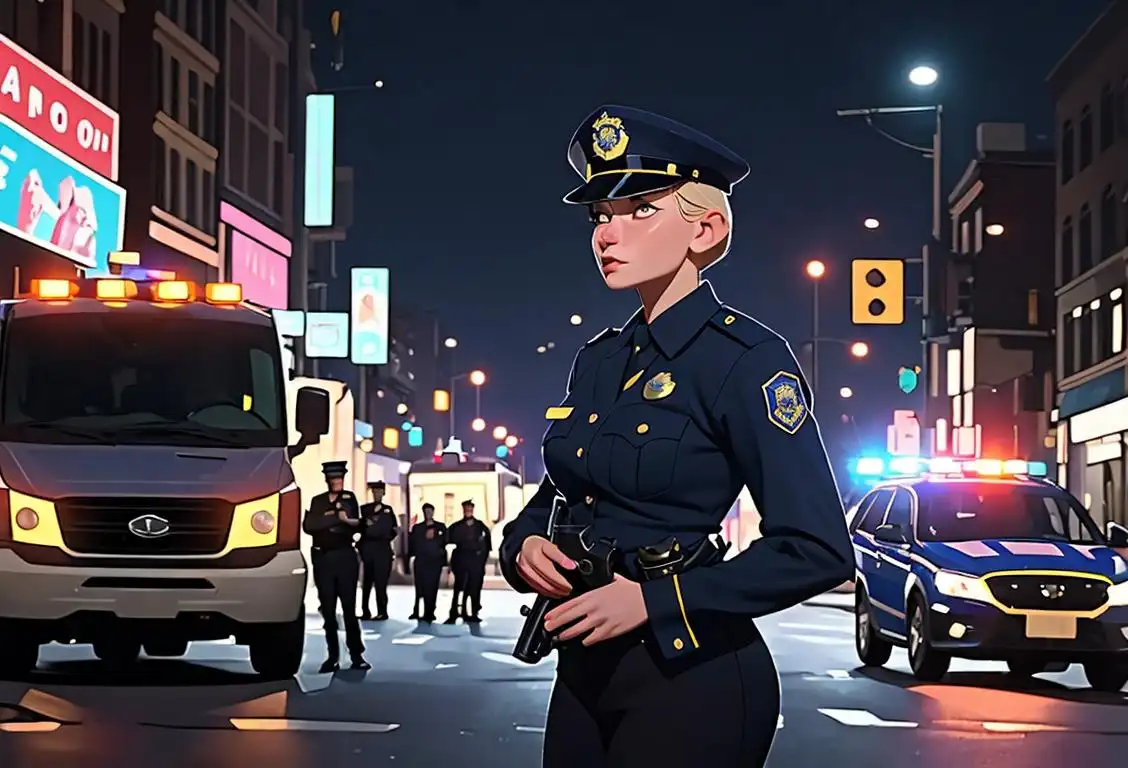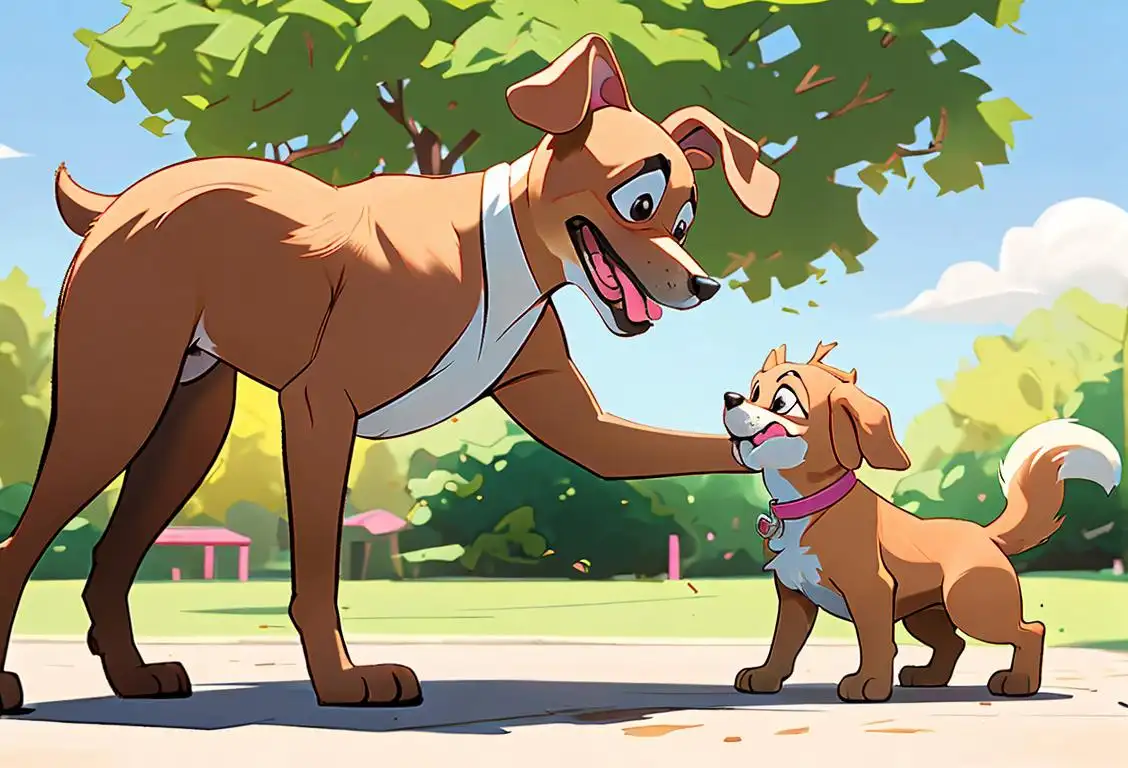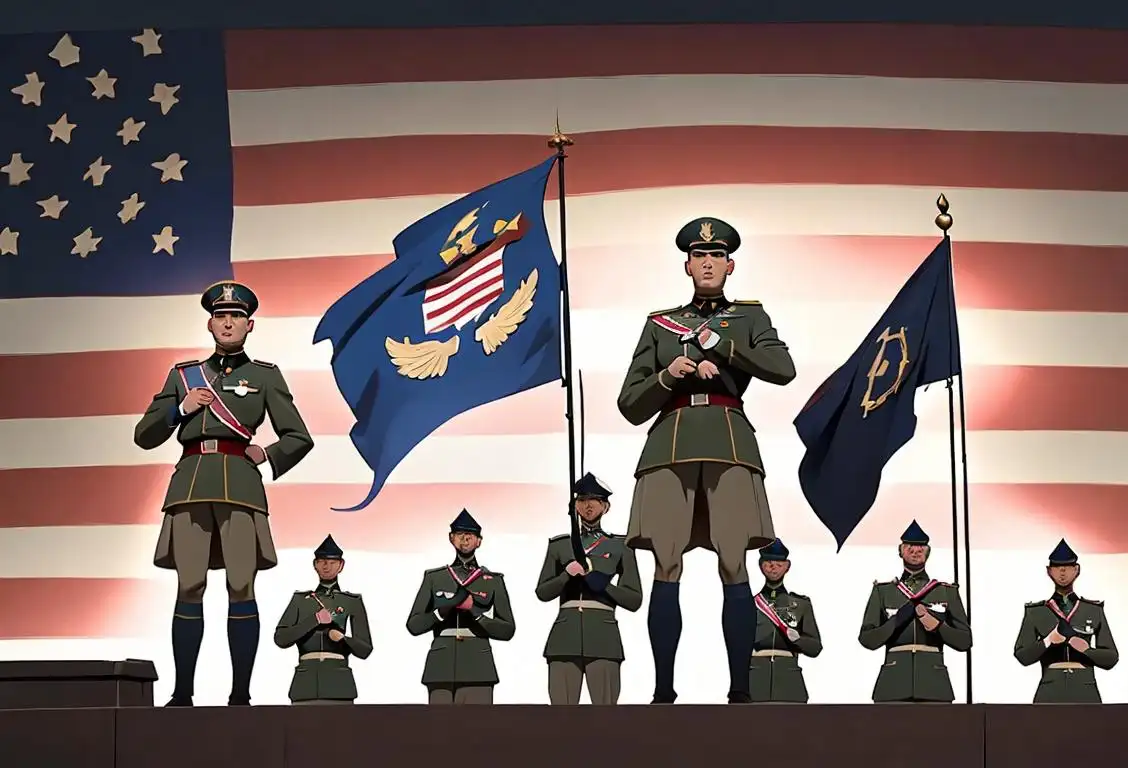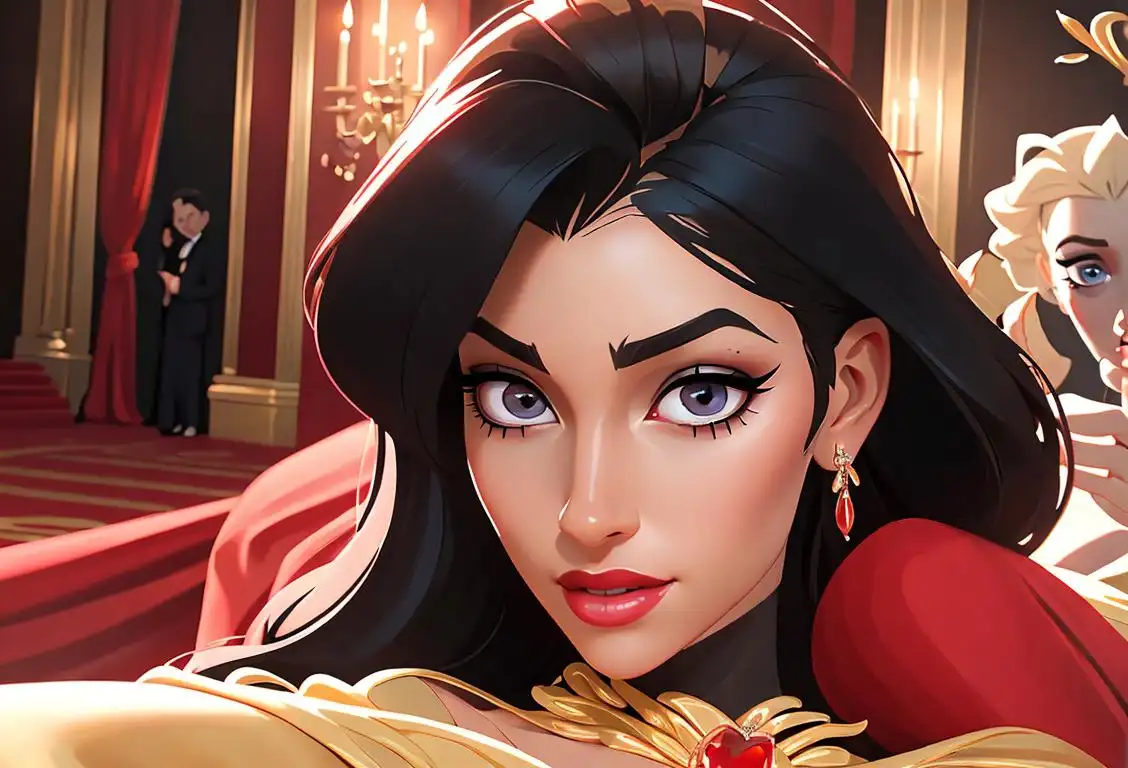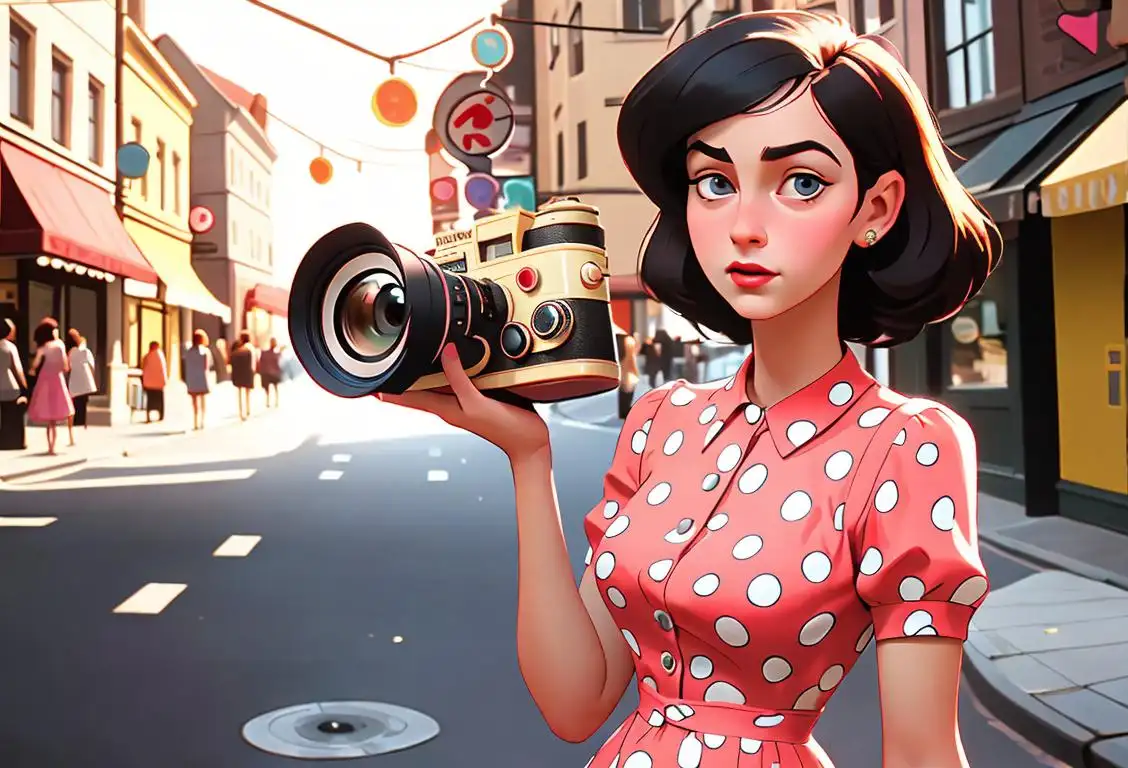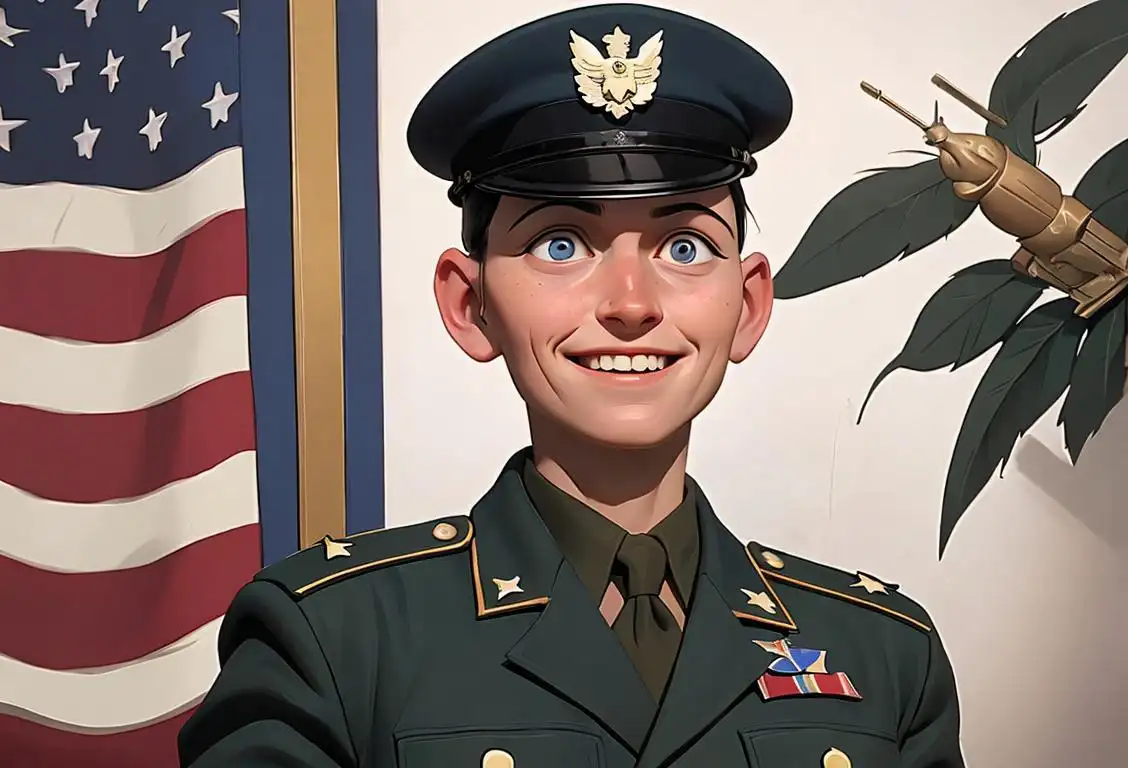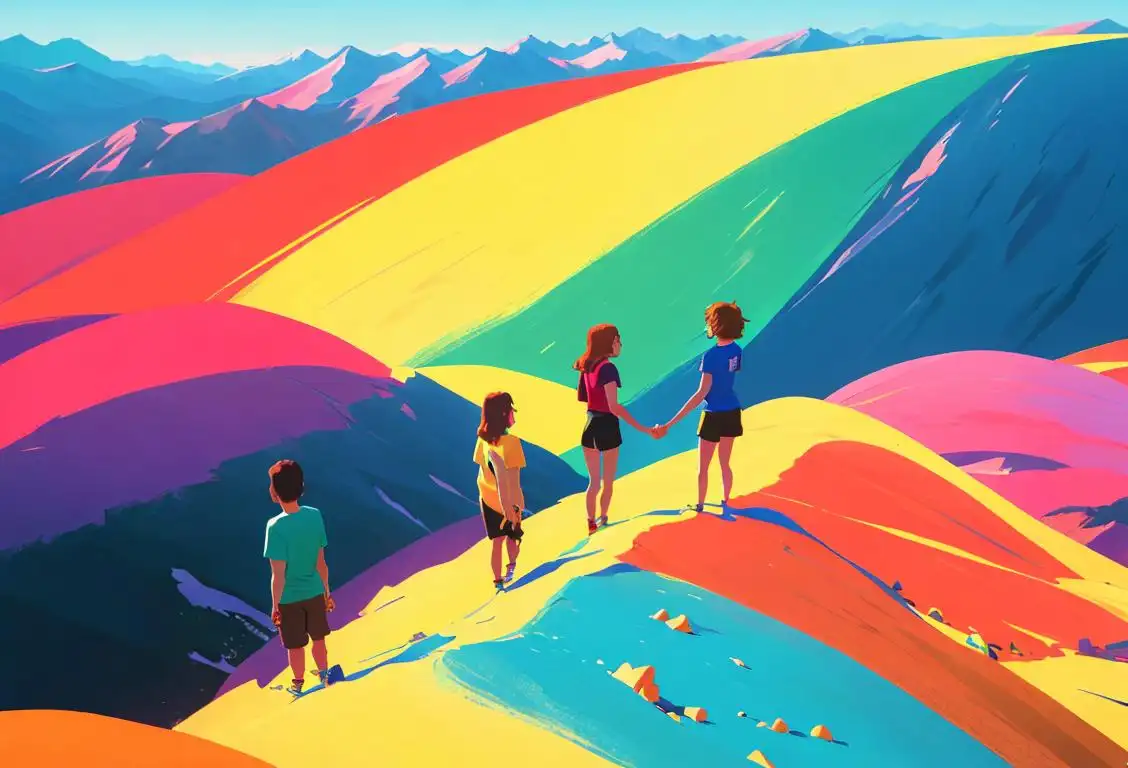National Bangs Day
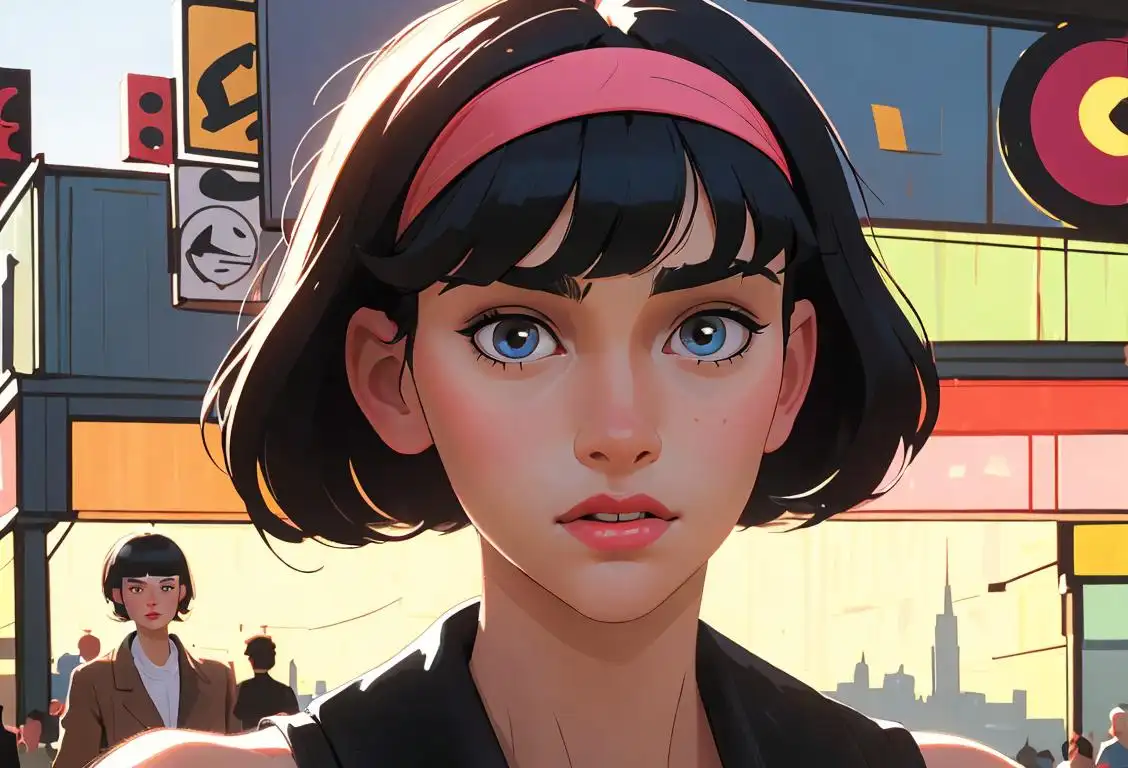
Salute to the bangs, the unsung heroes of countless hairstyles, a humble yet striking feature that never cease to surprise us! Let's get to the root (quite literally) of the history of our beloved National Bangs Day.
When is Bangs Day?
It's national bangs day on the 7th January.
History of the Bangs Day
The day when we shower love on humanity's favorite face-framing tufts, the National Bangs Day, pops up on the internet annually with a whopping average mention of around 15894 times, peaking on 07 Jan 2017. After tirelessly sifting through the troves of digital archives, it appears that the internet just woke up one day with a burning desire to appreciate the sheer versatility of the bangs.
A Cut Above the Rest
From the iconic straight bangs of Cleopatra to the airy wisps of the 90s heartthrobs, bangs have been the silent vanguards of the style revolution. Rumor has it, ancient Romans were the first ones to rock the 'banging' look as a sign of nobility. They'd be doing cartwheels in their togas knowing we have a day dedicated to this fabulous trend!
Banging Myths
Despite the unwavering popularity, a common myth buzzing around is that one needs a certain face shape to wear the bangs. But here's a secret: Bangs are democratic! Just like democracy, bangs too embrace all shapes and sizes.
A Shout-out to the Bangs
So, whether you're rocking curtain bangs like a 70s diva or shaking that pixie fringe like the rebel you are, know that you're a part of a smashing lineage. On National Bangs Day, let's bid adieu to the hair stereotypes and prep those scissors to join the 'bangs'wagon.
History behind the term 'Bangs'
1878
The introduction of the term
The term 'bangs' first emerged in 1878 to describe the hairstyle where the hair is cut straight across the forehead. The term was derived from the English dialect word 'bang', which means a fringe or flap. This style quickly gained popularity and became a trend among women in the late 19th century.
1917
Rise of the silent film era
During the silent film era in the early 20th century, bangs gained even more attention. Many actresses of this time, such as Louise Brooks and Clara Bow, showcased the fashionable look on the silver screen. The popularity of bangs in films influenced women's fashion trends and led to an increase in demand for this hairstyle.
1940s
Impact of Hollywood glamour
In the 1940s, Hollywood glamour had a significant impact on popular culture. Actresses like Veronica Lake and Betty Grable popularized bangs as part of their signature looks. Women across the world began to emulate the glamorous hairstyles seen on the big screen, contributing to the continued popularity of bangs.
1960s
The Beatles and the British Invasion
The Beatles and the broader British Invasion of the 1960s had a profound influence on fashion and hairstyles. The iconic mop-top haircuts worn by the band members, including their distinctive forehead-hugging bangs, became a global phenomenon. This propelled bangs into the spotlight and made them a sought-after style for both men and women.
1990s
Resurgence in popularity
In the 1990s, bangs experienced a resurgence in popularity. Celebrities like Winona Ryder and Jennifer Aniston popularized various bang styles, ranging from wispy and side-swept to blunt and bold. This decade marked a versatile period for bangs, with different lengths and textures becoming fashionable.
Present day
Bangs as a statement
Today, bangs continue to be a prominent hairstyle choice, with countless variations and adaptations. They have become a symbol of individuality and self-expression, allowing people to make a personal statement with their hair. From the red carpet to everyday life, bangs remain a timeless and versatile trend in the ever-evolving world of fashion.
Did you know?
Did you know the term 'bangs' originated from the 19th-century practice of 'banging off' horses' tails straight across for a more utilitarian purpose, which, funnily, then translated into human hairstyles!Tagged
awareness fun remembrance beauty style bangs hairitageFirst identified
3rd January 2017Most mentioned on
7th January 2017Total mentions
15894Other days
Bangs Day
Prisoners Of War Remembrance Day
Law Enforcement Day
Rescue Dog Day
Medal Of Honor Day
Lash Day
Camera Day
Former Prisoner Of War Recognition Day
Foundation Day
Suicide Prevention Month Day
